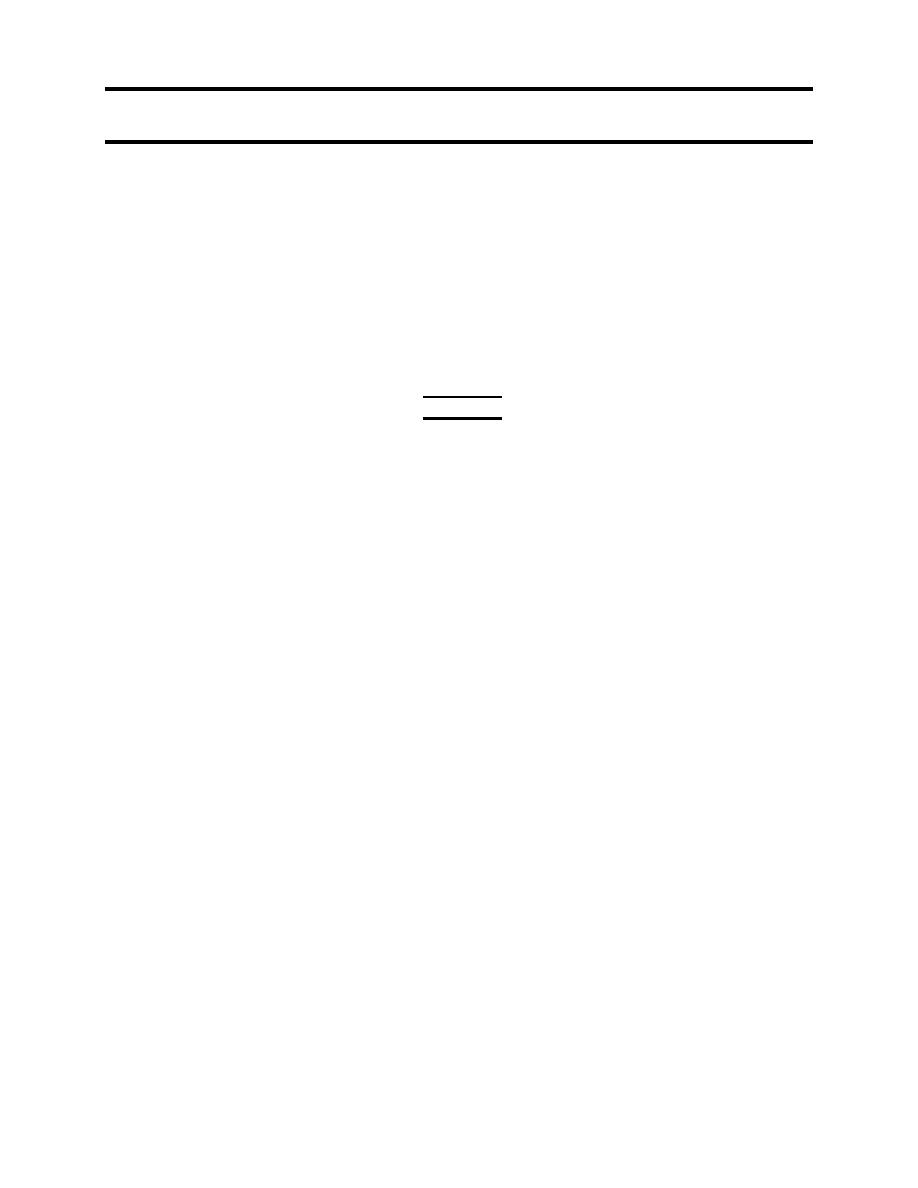
| Tweet |

Custom Search
|
|

|
||
 TM 9-2330-330-14&P
SPECIFIC MAINTENANCE INSTRUCTIONS--Continued
0152 00
REPAIR OF DAMAGED THREADS
1.
When determined feasible by inspection, damaged threads should be repaired by re-tapping, using
a thread die or a thread restorer file.
2.
Tapped holes for screw thread inserts that have mutilated threads may be repaired by either of the
following methods:
a.
Drilling and tapping to make the hole oversize, then installing larger screw
b.
Filling tapped hole by welding, then re-drilling and tapping hole to original size.
REMOVAL OF BURRS, SCRATCHES, AND RAISED METAL
WARNING
Cleaning compounds can burn easily, give off harmful
vapors, and are harmful to skin and clothing. When using
them, keep away from open fire and use in a well-ventilated
area to avoid possible injury or death. If cleaning compound
gets on skin or clothing, wash immediately with soap and water.
1.
Use a file or abrasive cloth dipped in cleaning compound to remove burrs, scratches, or raised
metal.
2.
When filing aluminum, clean file often with a scrub brush to avoid loading file with aluminum
particles, which will gouge work surfaces.
TAGGING WIRES AND HOSES
1.
As soon as the first wire, hose, or tube is disconnected, write number "1" on two tags. Secure one
tag to the wire, hose, or tube and the other tag to the terminal, nipple, or fitting.
2.
After disconnecting the second wire, hose, or tube, write number "2" on two tags. Secure one tag to
the wire, hose, or tube, and second tag to the terminal, nipple, or fitting.
3.
Do the same for all wires, hoses, and tubes.
4.
Note which numbers you used in pencil, on art in this manual. This will help you to accurately re-
tag, if tags are removed to perform cleaning and maintenance work.
5.
Remove all tags when finished.
CLEANING MATERIALS AND METHODS
1.
Refer to TM 9-247 for cleaning materials to be used.
0152 00-2
|
||
 |
||